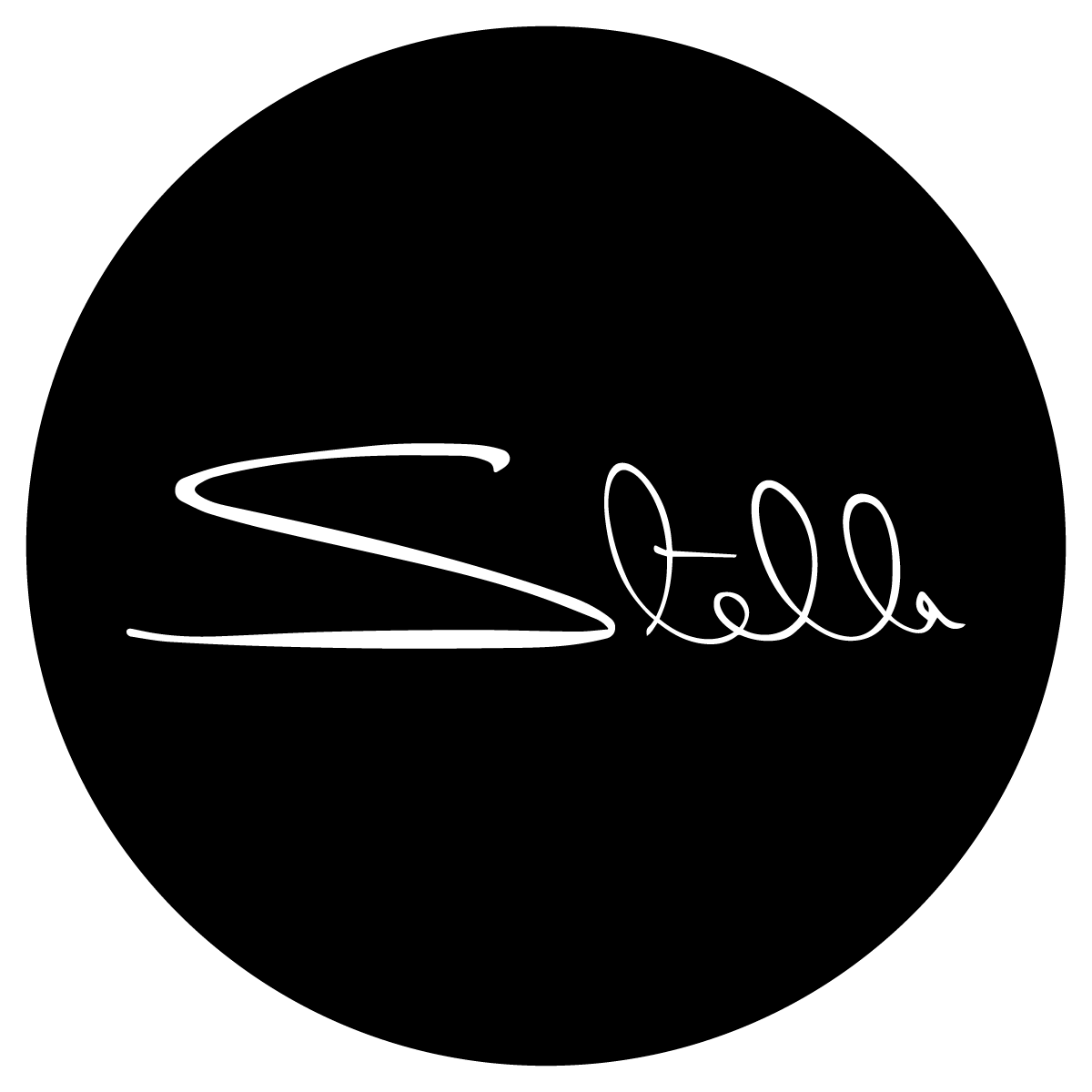Christina Bloom taken by her daughter Winifred prior to the funeral of King Edward VII, May 1910
Christina Broom 28 December 1862 - 5 June 1939
The first female press photographer in the UK has recently been commemorated with a blue plaque, honouring her work as a ‘‘trailblazer“. She worked at the forefront of photography at a time when it was not the accessible medium that it is now.
Broom is described by the organisation as the most prolific female publisher of picture postcards in Britain – a prominent photographer of the suffragette movement and the only female photographer allowed into London barracks and the only photographer permitted regularly into the Royal Mews. Her plaque at 92 Munster Road where she lived and worked for 26 years will be the first blue plaque in Fulham, London.
The ‘Bermondsey B’hoys’ from the 2nd Grenadier Guards appear at ease for this informal photograph taken inside their base at Wellington Barracks sometime during 1914 or 1915
She set up a stall in the Royal Mews at Buckingham Palace selling postcards of photographs that she had taken. She maintained this stall from 1904 until 1930. Her ability to capture spontaneous moments with accuracy and skill were her forte.
Broom was a self taught photographer starting with a box camera. Needing a source of income she used this new skill to support her family after her husband Albert’s ironmongery business failed.
When the family moved to Burnfoot Avenue, Fulham she used the coal cellar as her dark room. She was assisted by Winifred her daughter, who had left school to assist her. Albert wrote the captions for the postcards in his neat script. The postcards sold well and in one night-time session Broom printed and sold 1,000 postcards that were collectable and sought after. Albert died in 1912 and Christina and Winifred moved to Munster Road, Fulham.
Suffragette in costume 1909
In 36 years of work Broom took 40,000 images altogether. Winifred was instrumental in safeguarding her mother’s negatives by having them housed in public institutions.
Broom had opted for a half-plate camera, which required a tripod. This was either a Thornton Pickard or a Sanderson. The lens would have had stops of around F5.6 or F.8 to F.64 and shutter speeds around a 15th to 1 second. This slow shutter speed explains why there is often blurred faces and movement in her photographs because her subjects weren’t still long enough.
Photographic plates preceded photographic film as a capture medium in photography. The light-sensitive emulsion of silver salts was coated on a glass plate, typically thinner than common window glass. They were heavily used in the late 19th century and declined through the 20th
Captain Greer of the 1st Irish Guards and his machine gun team just prior to leaving for the war. They were all killed in battle soon afterwards taken around 1914-1915.
Nurses and midwives marching to the Albert Hall, Pageant of Women’s Trades and Professions, 27 April 1909
I hope you have found this story as fascinating as I have. Broom’s exceptional work has stood the test of time documenting events for posterity.
Next month I will be featuring the work of photographer Lee Miller 1907 - 1977 – an American photographer and photojournalist. Miller was a fashion model in New York City in the 1920s before going to Paris, becoming a fashion and fine-art photographer there.
Thanks for reading
Stella








